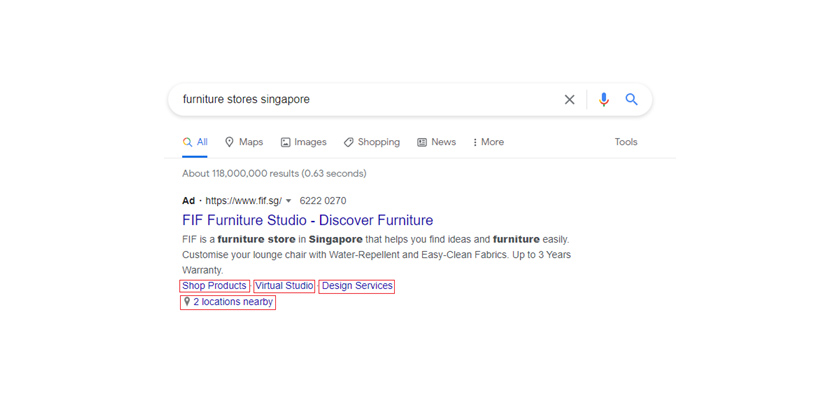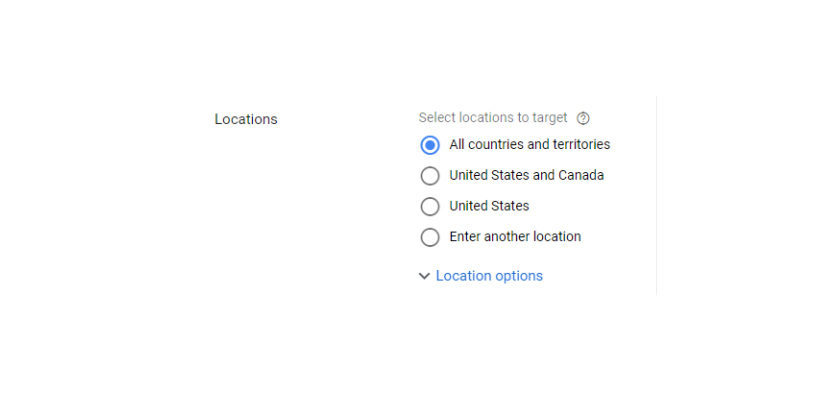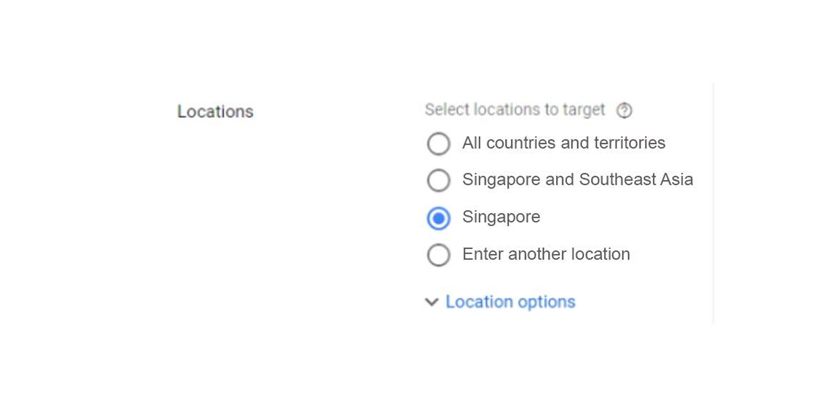For the past two years, digital transformation has become a hot topic. Many companies have successfully transformed themselves thanks to the digital marketing grant, while others are still struggling to figure out the world of online business and digital marketing.
Since digital marketing has been expanding, it is only natural that there are many things to consider. Apart from learning what search engine optimization (SEO) is, you also have to know the other side of the coin: search engine marketing (SEM).
What Is Search Engine Marketing?
SEM and SEO optimize the visibility of websites on search engine results pages (SERPs) such as Google, Yahoo!, and Bing. The difference is that SEM is a paid ad while SEO is organic. Each time someone clicks on your SEM campaign, you have to pay for it, which is why it is also known as pay-per-click (PPC) advertising.
7 Strategies to Optimise Your SEM Campaigns
1. Use Ad Extension
You should maximize the real estate space of your SEM campaign by adding ad extensions. They are an extra feature that allows you to expand your ad with more information such as your business address, contact information, and more web page links.
Below is an example of an SEM campaign with ad extensions. Here, FIF Furniture Studio added more web page links to its SEM campaign, which can help attract more attention of those interested.

2. Utilise Landing Pages
A landing page is where visitors land once they have clicked on your SEM campaign. Unlike the home page, its primary goal is to nudge the visitors to take action. You can do that by adding an engaging call-to-action to your content instead of multiple call-to-actions to reduce the distractions on your landing page. That way, your visitors can focus more on the message your SEM campaign would like to get across.
3. Do A/B Testing
Another digital marketing strategy you should consider doing is A/B testing, which is also known as split testing. The purpose of this is to determine which version of two different SEM campaigns works best for your potential customers. You will know the answer by comparing the number of clicks and how visitors interact with their respective landing pages.
When doing A/B testing, make sure to run both SEM campaigns for a minimum of one to two weeks to gain enough data. The collected information will help you run your SEM campaign even better.
4. Rely on Ad Scheduling
Instead of letting your SEM campaign run all day, including lull periods, you should optimize your SEM campaign by choosing periods of high engagement to appear on SERPs so you can get the most out of your budget.
5. Use Automated Bidding
SEM is about increasing the exposure of your digital marketing campaign to your potential customers online. The problem, however, is that to appear at the top of SERPs, its position will highly depend on your bidding.
Your bidding means the amount of money you are willing to spend for one click of your SEM campaign. And instead of doing it manually, you can save time by using automated bidding.
This feature allows Google to automatically set bids based on the bidding range you set on your Google Ads account. While it does that on your behalf, you can utilize the rest of your time managing other vital tasks in your business.
6. Take Advantage of Keywords
These are words or phrases that your potential customers are searching for online. If you match them to your adverts, you can reach target audiences with high intention to purchase your products or services far more effectively.
You can also use modifiers (quotation marks, bracket, or plus sign) on your keywords so your SEM campaign will show to a broader audience.
7. Set up Conversion Tracking
Setting up conversion tracking on the Google Ads platform allows you to see if you are making progress in reaching your business goal.
Be it increasing the numbers of inquiries, subscriptions or purchases, the conversion tracking metric you set up is dependent on your business goals. The results collected can help you understand and analyze your customer’s behavior and see if your SEM campaigns work.
2 SEM Mistakes to Avoid (And How to Fix Them)
The rewards of a successful SEM campaign are worth the time and effort. It can give your business the boost it needs to get ahead of the competition. To ensure your SEM campaigns become a success, here are some common SEM mistakes you should avoid.
1. Neglecting Performance Evaluation
While you might think your SEM campaigns are working, you should not forget to evaluate their performance. Doing so helps you manage your SEM expenses and campaigns.
2. Geo-Targeting All the Wrong Places
Before publishing your SEM campaign, you should check if the location is in default to the worldwide. If it is, make sure to change it and only choose where you want your SEM campaign to appear.




